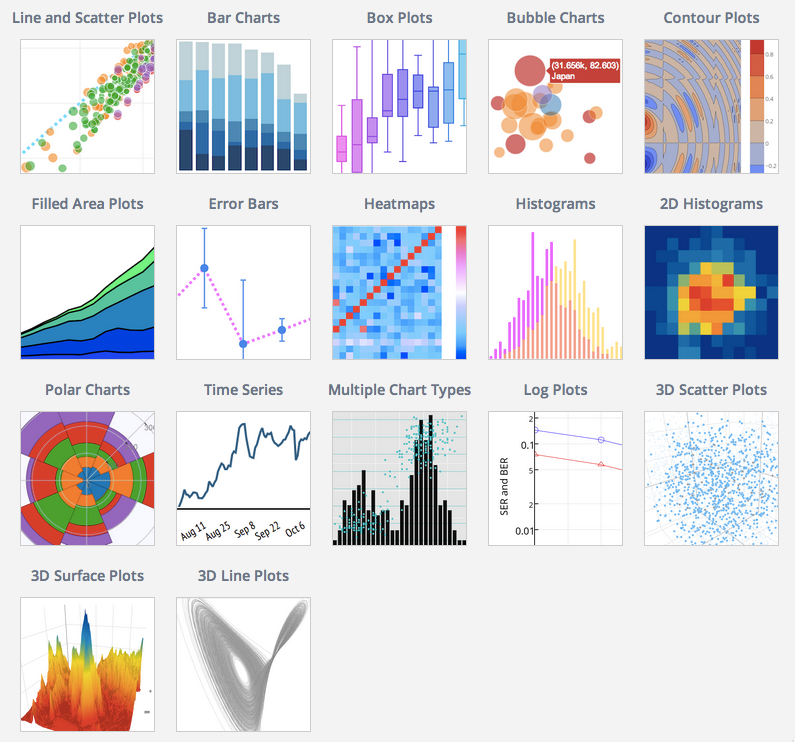

- #CHROME GRAPHICAL ANALYSIS UPDATE#
- #CHROME GRAPHICAL ANALYSIS VERIFICATION#
- #CHROME GRAPHICAL ANALYSIS LICENSE#
- #CHROME GRAPHICAL ANALYSIS SERIES#
- #CHROME GRAPHICAL ANALYSIS WINDOWS#
#CHROME GRAPHICAL ANALYSIS SERIES#
It displays the average time it needed to change a label in a manufacturing process This is an example of a time series plot showing the number of unanswered calls in a call center (count data). This is a time series plot that is used to evaluate continuous data.

Time Series Forecasting is the use of a model to predict future values based on previously observed values. Different behaviors of the data can be observed such as upward and downward trends, shifts in the mean and changes in the amount of variation, patterns and cycles, or anything not random. Time Series Analysis is the analysis of the plotted data in order to get meaningful information out of it. Multiple identical sensors now have numbers appended to the column names for easier identification.
#CHROME GRAPHICAL ANALYSIS UPDATE#
The free update is available through the Chrome Web Store or our website.
#CHROME GRAPHICAL ANALYSIS WINDOWS#
There are many graphical methods that are used in statisticsĪ time series plot requires the data to be in the order which actually happened and that the data collection frequency is constant. Version 4.1 of Graphical Analysis for Chrome, macOS, and Windows is now available.
#CHROME GRAPHICAL ANALYSIS VERIFICATION#
Conclusions drawn from the graphical analysis may require verification through further advanced statistical techniques such as significance testing and experimentation. It is an important tool for understanding sources of variation in the data and thereby helping to better understand the process and where root causes might be. Graphical Analysis allows to quickly learn about the nature of the process, enables clarity of communication and provides focus for further analysis. A wide range of graphical tools are available which can generate graphs quickly and easily such as Minitab and Microsoft Excel.ĭifferent graphs can reveal different characteristics of your data such as the central tendency, the dispersion and the general shape for the distribution. This is often recommended as a starting point in any data analysis during the problem-solving process. One of the best ways to analyze problems in any process is to plot the data and see what it is telling you. However, note that if one graph fails to reveal anything useful, try another one.Ī long list of data is usually not practical for conveying information about a process. A number of commonly used graphical tools will be covered here. Of course, you need to pick the right graphical tool as there are a lot of different ways to plot your data.

#CHROME GRAPHICAL ANALYSIS LICENSE#


 0 kommentar(er)
0 kommentar(er)
